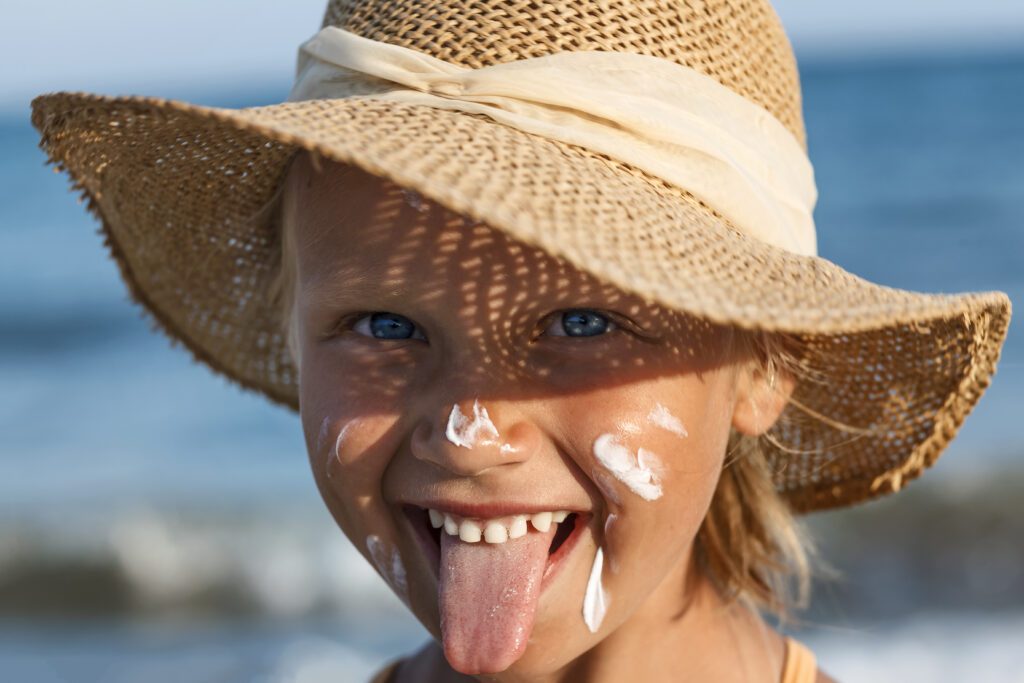by DR. JOY JACKSON
It’s summer in Florida and kids are out of school. While they’re enjoying their break, it’s important that they stay safe. Children are among those most at risk for skin damage from the sun. While sun safety tips should be followed throughout the year, it’s critical to be cautious during the summer when the sun’s ultraviolet (UV) rays are at its strongest. Exposure to UV rays can cause sunburns, skin damage, premature aging, and it can lead to skin cancer later in life.
The Department of Health in Polk County would like to provide a few tips to protect your children from the sun this summer.
Sunscreen
Wearing sunscreen is one of the most vital protections against the harmful effects of UV rays. Sunscreen isn’t just for the summer. It should be worn throughout the year regardless of weather. In 2021, only 13.1% of Florida middle school students and 11.8% of high school students reported consistent sunscreen use. Children should be taught the importance of wearing sunscreen from an early age to instill lifelong habits, especially considering that skin cancer is the most common form of cancer in the United States.
It’s essential that your child wears broad-spectrum sunscreen of at least SPF 30 every time they go outside. Broad-spectrum sunscreen protects skin from two harmful types of UV rays: UVA and UVB rays. UVA and UVB rays contribute to skin damage and risk of skin cancer.
Sunscreen wears off after sweating, water exposure, and sun exposure, so it needs to be reapplied every two hours when outdoors. If children are sweating or swimming, they will need to reapply sooner.
Also, note that sunscreen isn’t recommended for babies younger than 6 months, so keep infants out of the sun during midday and use protective clothing when they are in the sun.
Clothing
All clothes offer some form of UV protection. If possible, while accommodating for hot weather, long-sleeved shirts as well as long pants and skirts can provide greater protection. Hats and caps are optimal protection for shielding the face, ears, and neck from exposure to the sun. Sunglasses that offer UV protection are recommended since UV rays can also harm children’s eyes.
Take Cover
When outside in the sun, children should seek shade when possible. Encourage them to take breaks from the sun every 20 to 30 minutes, whether that be by going indoors or finding shelter under an umbrella or a tree. Since UV rays are at their peak from 10 a.m. to 4 p.m., encourage children to do outdoor activities during mornings, late afternoons, and evenings instead.
Stay Aware
Education and awareness are key. Teach your children to look for any unusual changes to their skin like changes to moles or skin texture/color. If you or your child note something out of the ordinary, alert their pediatrician. Be aware of your child’s sensitivity to the sun. Some medications, such as acne creams, increase sun sensitivity. Your children should be aware of such side effects so they can limit their time in the sun and take safety precautions.
However, the most effective way to teach your children about sun safety is by leading through example. The habits you instill in them should be ones you practice yourself. Model sun safety for your children this summer and ensure that both they and you stay safe in the sun!
